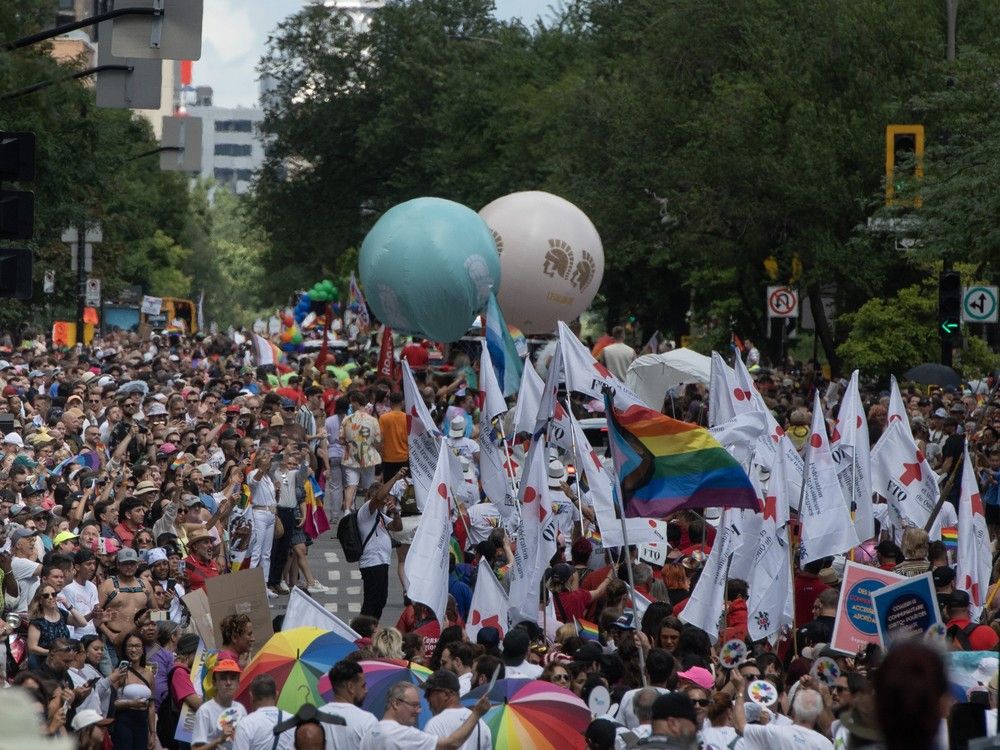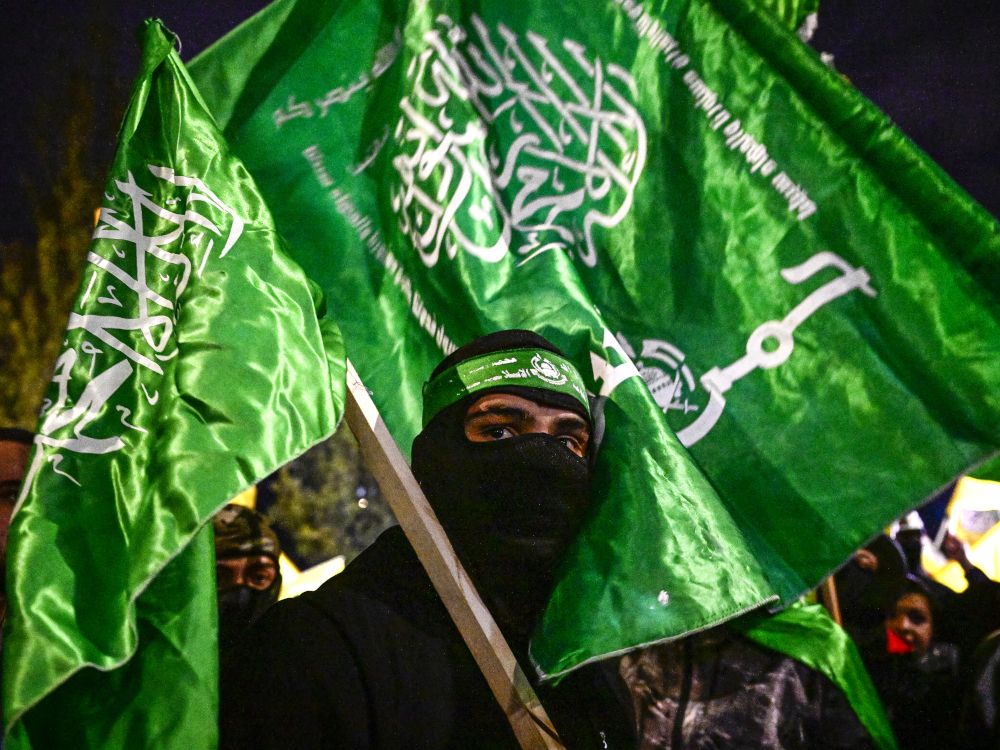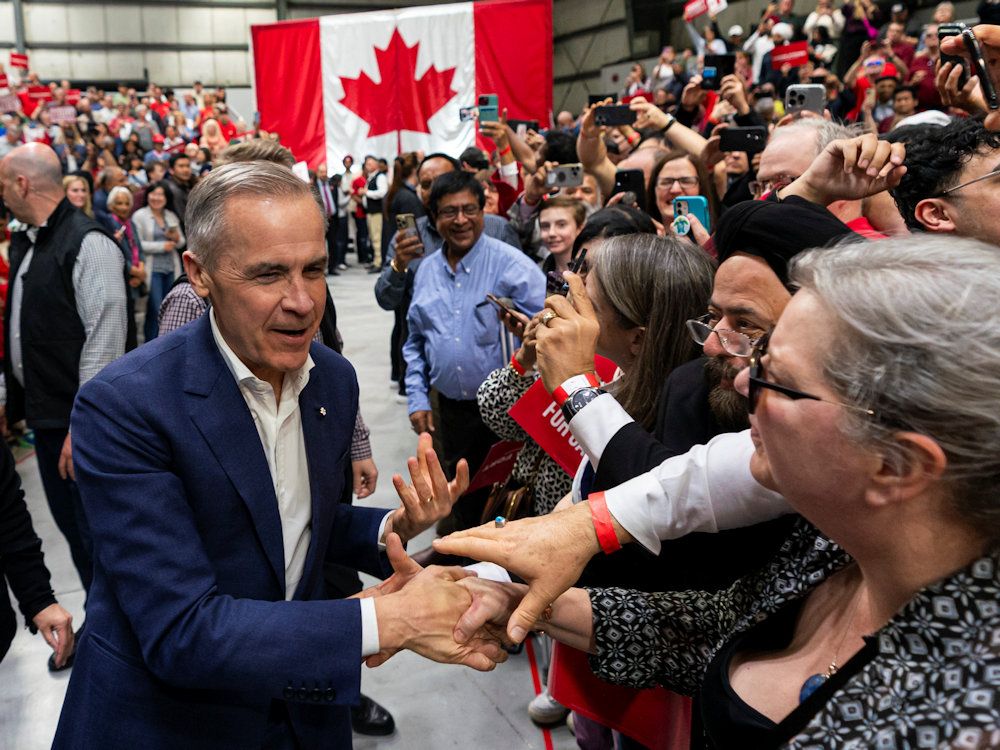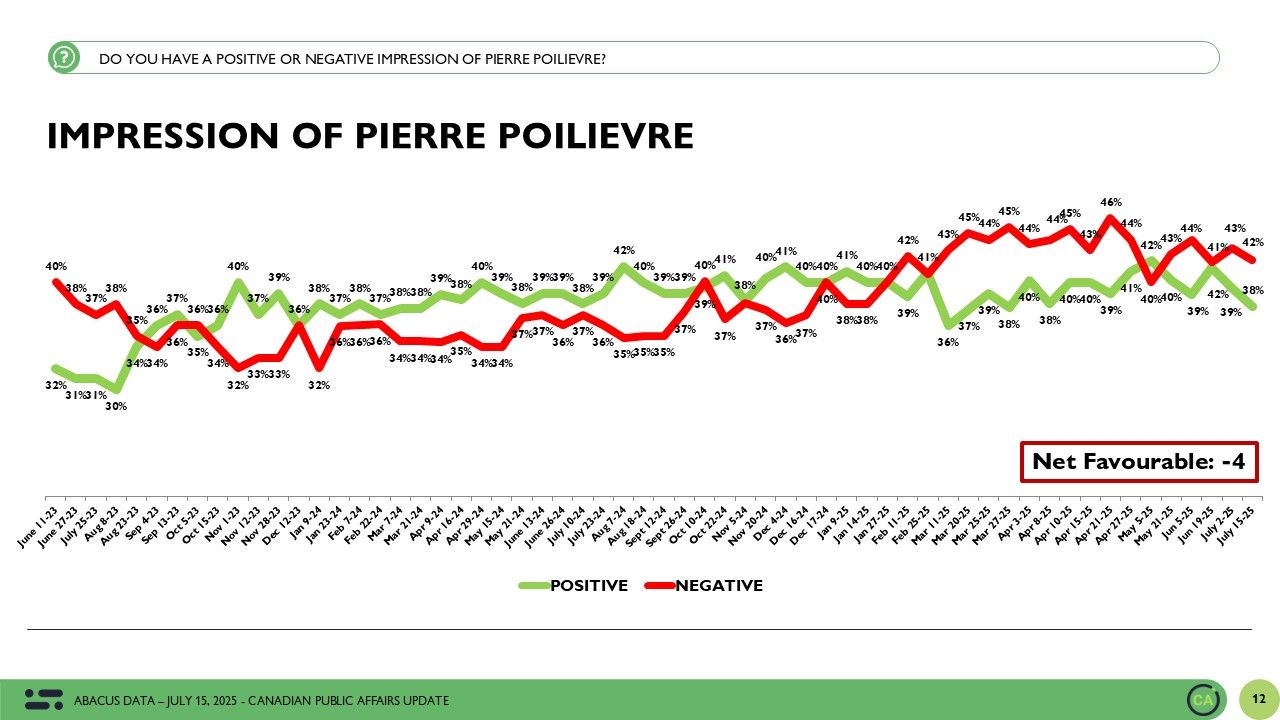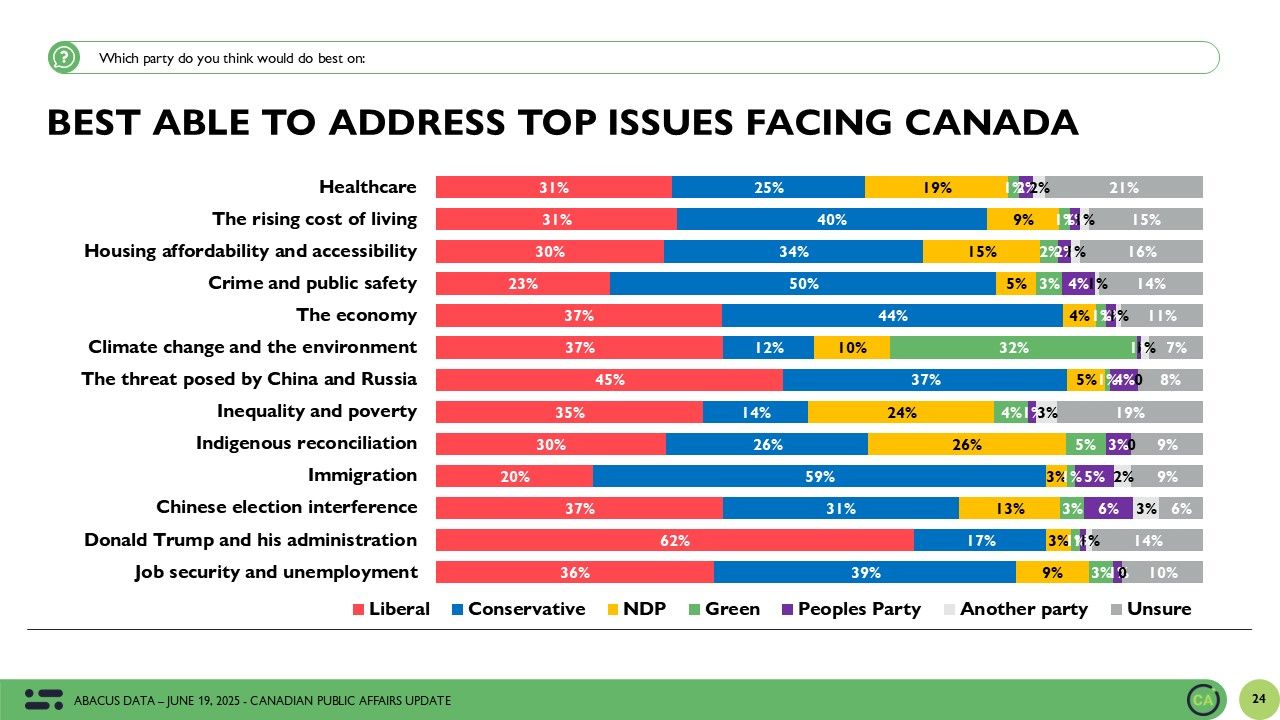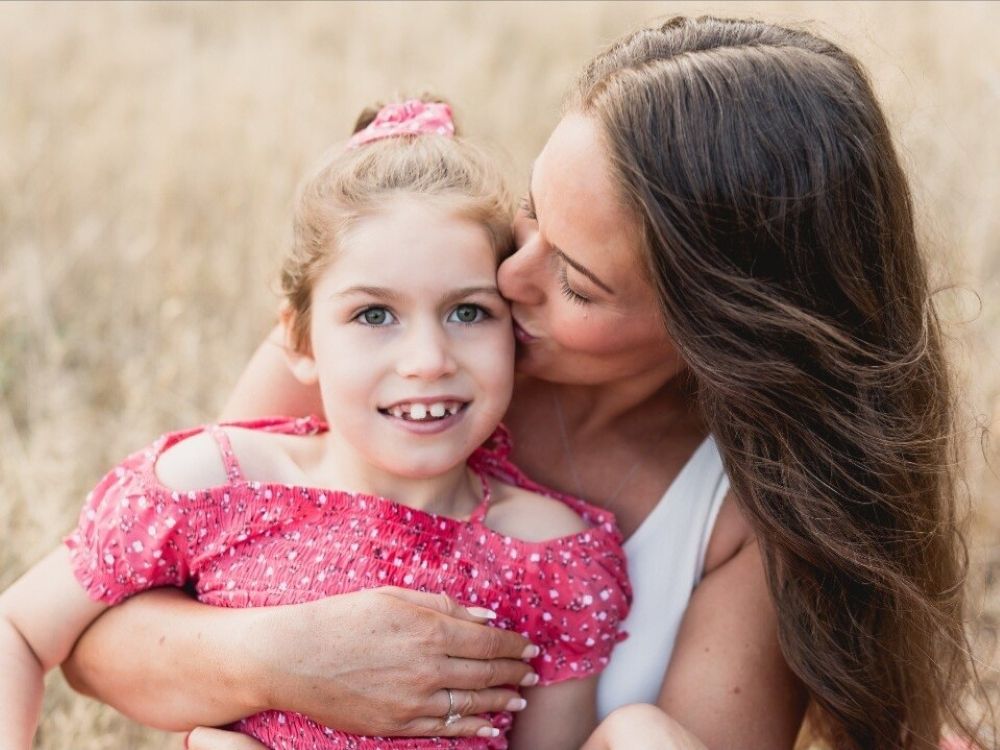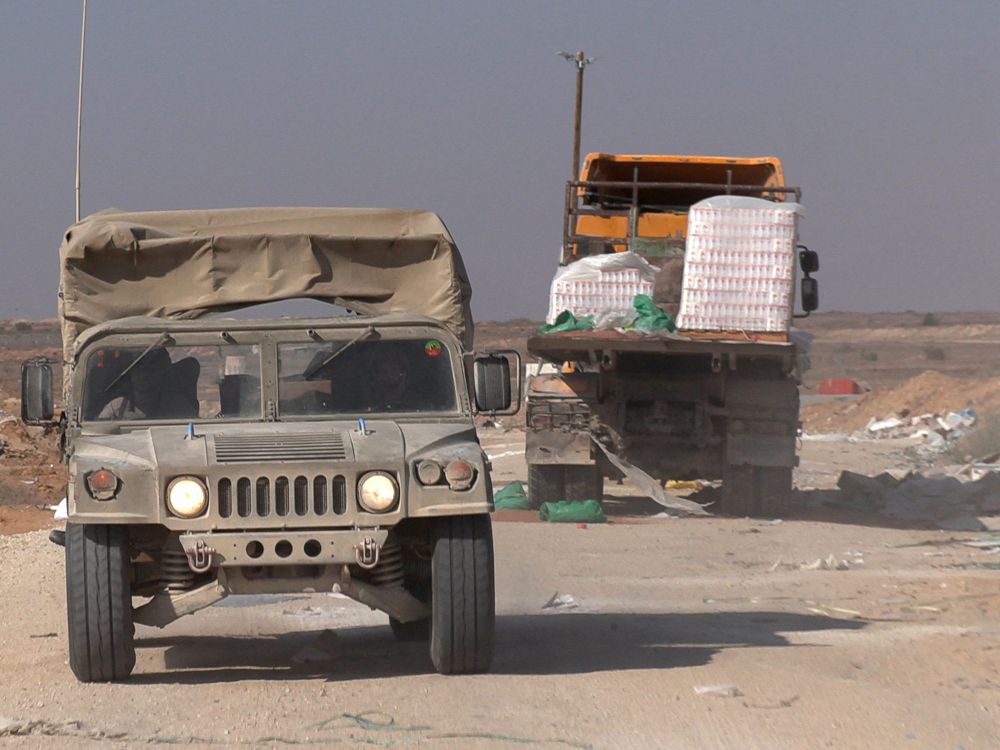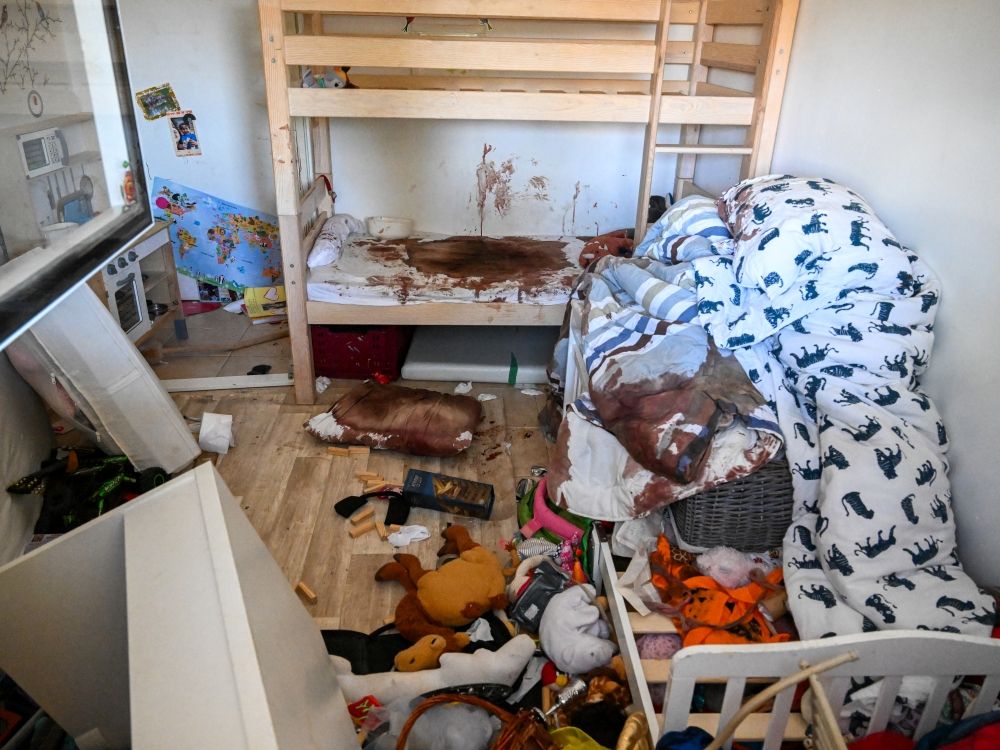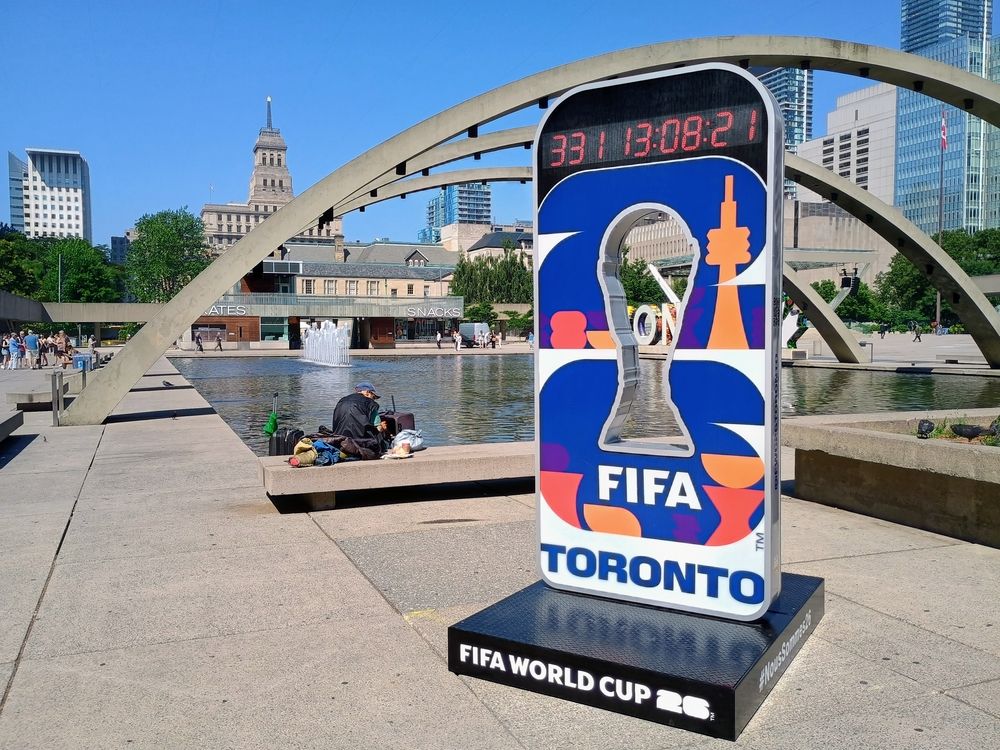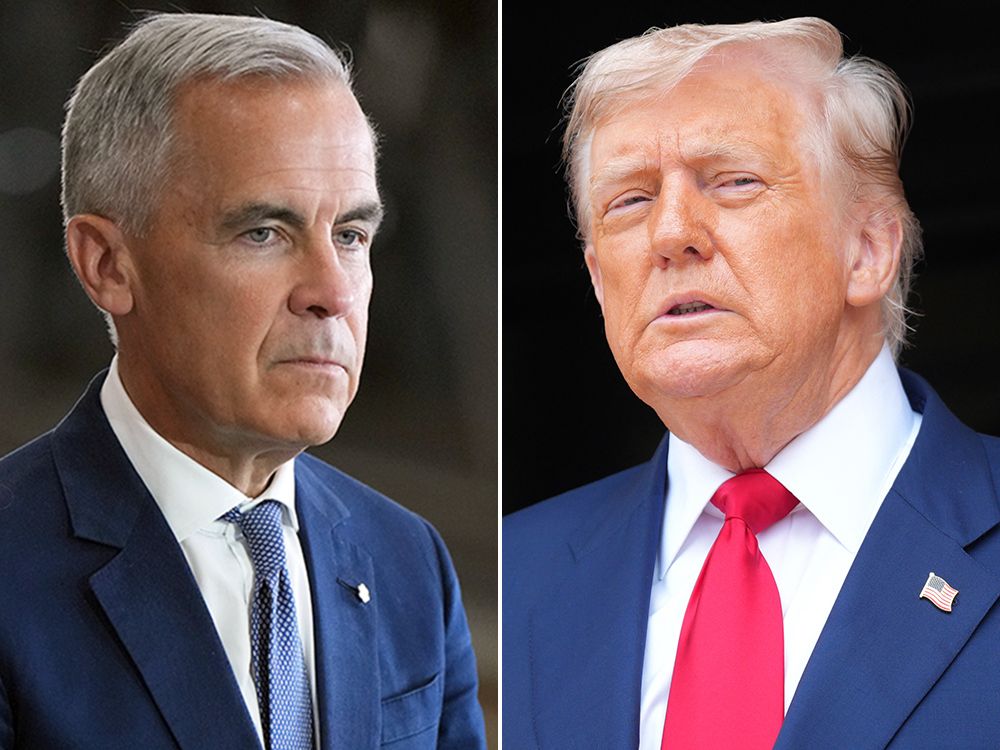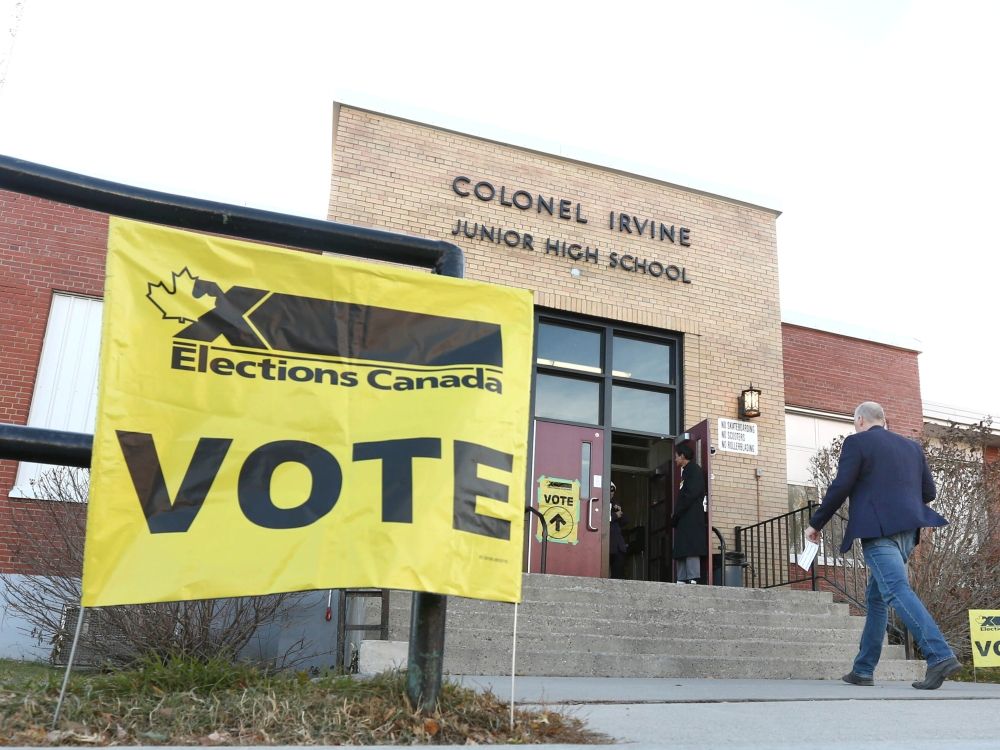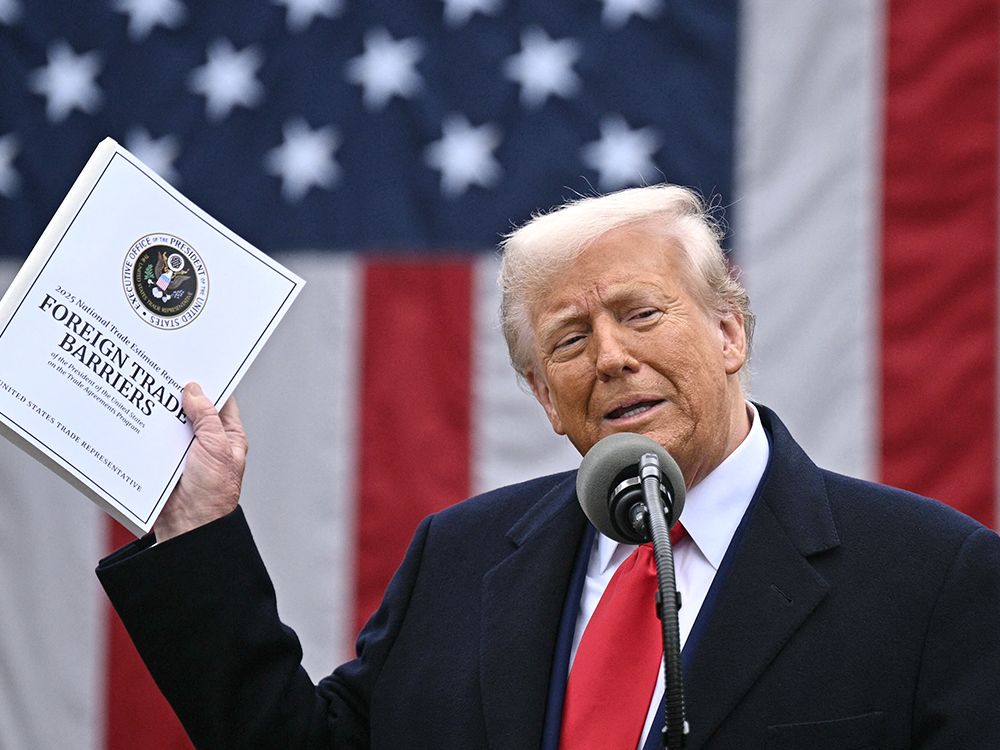
It’s difficult to take President Donald Trump seriously when he claims a “national emergency” justifies invoking extraordinary powers but then keeps kicking the can down the road on addressing the alleged emergency. That’s what he did when he unilaterally imposed tariffs on the whole world based on a wildly broad reading of the International Emergency Economic Powers Act (IEEPA) but then delayed levies because trade negotiations are underway. At the end of the day, if it’s all about leverage when bargaining with foreign emissaries, it’s not an emergency, and the president shouldn’t be acting on his own.
On April 2, when
“Liberation Day,” President Trump insisted that “foreign trade and economic practices have created a national emergency” that has “led to the hollowing out of our manufacturing base.” As a result, he said he was “invoking his authority under the International Emergency Economic Powers Act of 1977 (IEEPA) to address the national emergency posed by the large and persistent trade deficit.”
However, on April 9, the White House released a
suspending new, punitive tariff rates on most countries, excluding China, until July 9.
On May 12, in light of trade discussions with the People’s Republic of China, the president
some of the new tariffs on that country for 90 days.
On July 7, the White House released another
extending the deadline for imposing higher tariffs on goods imported into the United States until August 1 “based on additional information and recommendations from various senior officials.”
Then, just last week, the president
delayed the implementation of new tariffs
— again excluding China — until October 5. The reason given was that trade partners have been “signaling their sincere intentions to permanently remedy the trade barriers that have contributed to the national emergency.”
This all may be brinksmanship and bare-knuckled haggling of the sort that extracted a
(which has sparked
finger-pointing among European officials
who resent their weakness put on public display). But extraordinary emergency powers aren’t intended to be used to give the president a better bargaining hand. They’re supposed to be used when there’s no time to consult Congress because of an actual emergency. In fact, IEEPA was passed to limit presidential authority because lawmakers thought the executive branch was going its own way far too often.
According to a 2024 report by the
Congressional Research Service
(CRS), the National Emergencies Act was passed in 1976 and IEEPA in 1977 after legislators “discovered that the United States had been in a state of emergency for more than 40 years.” During that time, presidents used earlier grants of emergency powers dating back to World War I to block the transfer of money across borders, seize assets held by foreign nationals, restrict exports, and otherwise unilaterally meddle in people’s business based upon the whims of whoever was in the White House during periods of international conflict and Cold War tensions with the Soviet Bloc.
Needless to say, an “emergency” that lasts 40 years isn’t really an emergency; it’s the ongoing state of the world. The new legislation was intended to rein in presidents, so they’d more readily consult with the legislative branch before conducting foreign economic policy. It didn’t work.
As the CRS goes on to document, IEEPA didn’t really limit presidential discretion in part because Congress never tried to terminate a national emergency. “National emergencies invoking IEEPA often last nearly a decade, although some have lasted significantly longer,” the CRS added. The emergency declared after U.S. embassy staff were taken hostage in Iran in 1979 is still in effect.
Despite that wildly broad authority and its enthusiastic implementation by presidents of both parties, there have been some limits to executive power under IEEPA. As of the 2024 publication of that report, no president had ever invoked IEEPA to impose tariffs. That makes sense, because tariffs are about taxing general trade between businesses and individuals in different countries. Despite much complaining about trade imbalances by American politicians across the political spectrum, nobody ever pretended that the flow of goods around the world and the places of their manufacture were “emergencies.” Until Donald Trump.
As Trump mentioned in his April 2 “Liberation Day” statement, he considers a large trade deficit to be a “national emergency” that justifies “responsive tariffs.” The problem with this position is that economists don’t consider trade deficits to be bad at all, let alone emergencies.
In February, George Mason University economist Donald Boudreaux, and Phil Gramm, an economist and former chairman of the Senate Banking Committee,
in The Wall Street Journal that “between 1890 and 2024, it is impossible to find a statistically significant correlation between America’s trade balance and its economic growth.”
Boston University economist Tarek Alexander Hassan
that “a trade deficit can only arise if foreigners invest more in the U.S. than Americans invest abroad” and they’re willing to do so because the U.S. is a good place for everybody to make money.
Also complicating the Trump administration’s argument is that, despite the broad authority granted by IEEPA, the president is wielding power the law doesn’t grant his office.
Summarizing arguments heard last week in a federal lawsuit challenging the president’s use of IEEPA to impose tariffs, The Washington Post’s Jason Willick
that the administration received “an icy reception.” He went on to point out that “the IEEPA is a sanctions and embargo law that doesn’t even mention tariffs,” making Trump’s interpretation of his power unprecedented. By all appearances, the administration’s claims were unconvincing to the panel of judges.
President Trump claims to see an emergency where nobody else does and addresses it by invoking extraordinary powers never envisioned by the law. All the while he acts like there’s no emergency at all.
The president has proven proficient at bargaining. But his desire to cut trade deals is no emergency.
National Post




